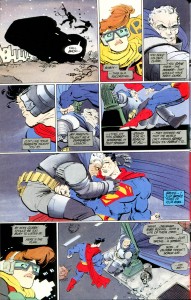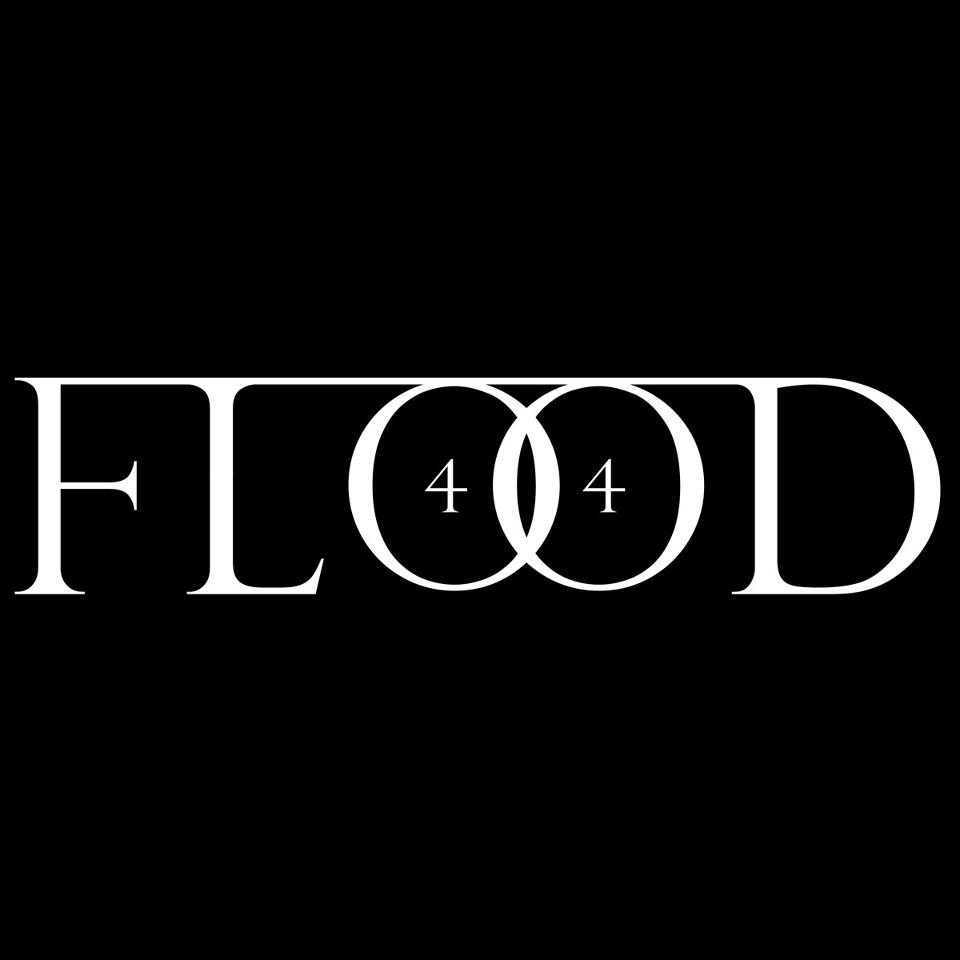
Picture this, if you will: me, preparing for my specialized exam, the final step before writing my dissertation and earning my PhD. All that stands between me and the freedom to write what I wanted is a conference room, four tenured professors, three hours on a Friday afternoon and 35 graphic novels spread out on a table. Famous graphic novels. Important graphic novels.
And Batman: The Dark Knight Returns.
My committee railed against its inclusion, sure. “Having a comic book on your list undermines your academic integrity!” they sniffed. “Batman is not on the same level as Maus,” they sneered. “What’s next? The Rhetoric of Scooby-Doo?” they snorted.
The general consensus was that to include a Batman “comic” was one step away from including Read with Dick and Jane. The only accepting voice was from my dissertation director, who spent many a meeting staring wistfully out the office window, telling me about how he would bike down to the corner store and buy Batman comics when he was a child. He would then zone out as only an aging hippie can, muttering on about his love for the Caped Crusader before asking if I’d considered adding Superman or perhaps some Wonder Woman to my exam list as well. Sensing that this was about to go to a very awkward place, I beat a hasty retreat – but still held firm on The Dark Knight Returns.
See, the thing is – it’s not a “comic book” as my committee meant it, full of pejorative. I feel redundant saying that, but still – it needs to be said. And, more importantly, it’s not a superhero book in the way that’s often considered, falling on the “wrong” side of the dividing line between Spandex-clad fluff and so-called “important” graphic narratives. It’s as important and as dynamic as any of the other books I’d laid out on that table – more so, actually, than a fair number of them.
And, most importantly – it’s drawn and written by Frank Miller and ushered in a new era of Batman (and, in a lot of ways, a new era at DC in general). Arguably, this collection (coupled with Watchmen that also debuted in 1986) changed the shape of comics at large – so, it’s not just a “comic book” by any stretch of the imagination.
Set in a near-dystopian Gotham ten years after Bruce Wayne last donned the cowl, The Dark Knight Returns questions the place of vigilante heroes, the role of characters like Batman and the havoc they unintentionally wreak. It takes a different approach to the superhero mythos, a slightly more realistic approach, a pause and a moment of questioning – is it really a good thing that a guy in tights sporadically beats the hell out of people in the streets? Do we really want to laud the vigilante like that?
There are other familiar faces throughout, of course, other characters that ask similarly tough questions. Is a Harvey Dent pieced back together still Two-Face or is a total rehabilitation possible? What do you do with the criminally insane beyond Arkham stasis – and should you believe them when they start telling you everything you want to hear? How many layers of symbolic wrongness are there to a escort business-running Selina Kyle beaten and dressed up like Wonder Woman, bound with golden rope? And, is anyone surprised when characters default to their core traits when turned loose again? There’s a bigger question being posed here, sure, but sometimes it’s just fun to see a bit of Joker insanity at work – mayhem in a television studio fits the bill nicely.
 This is a darker Batman, a Batman more in touch with the real world (even if it’s still a “real world” where Batman and Superman duke it out in Crime Alley after a electromagnetic pulse-related blackout). What reverberates throughout the entire The Dark Knight Returns collection is the question of perspective – how easily morality shifts depending on the side of the fight. The Mutants, roving gang of miscreants at the start, are the obvious embodiment – they’re the threat that eventually drags Batman out of retirement, but then the force he later trains for peacekeeping. The actions are the essentially the same – it’s just a question of being on the side of (assumed) right.
This is a darker Batman, a Batman more in touch with the real world (even if it’s still a “real world” where Batman and Superman duke it out in Crime Alley after a electromagnetic pulse-related blackout). What reverberates throughout the entire The Dark Knight Returns collection is the question of perspective – how easily morality shifts depending on the side of the fight. The Mutants, roving gang of miscreants at the start, are the obvious embodiment – they’re the threat that eventually drags Batman out of retirement, but then the force he later trains for peacekeeping. The actions are the essentially the same – it’s just a question of being on the side of (assumed) right.
It’s not unusual now to have shaky heroes at the center of comics. It’s not that far of a leap to imagine a conflicted mind that would pull on a cape and lurk in the shadows. Miller’s Dark Knight Returns, though, is the first – and, arguably, the best – of the Batman books that asks you to imagine just that. If you have any interest in why your comic book heroes are the slightly-broken, tragically-flawed characters that they are today – you’ll need to start here. Throughout, Miller destabilizes a hero while asking more from his readers – readers who have been used to being passive, to existing in a world of clear ideals. In many ways, this is one of the single most dynamic examples of comic narrative, absolute rife with fodder for analysis and social critique.
Of course, it’s also an engaging story written by one of the all-time greats filled with interesting characters and an ever-unfolding plot. The way that Miller is able to balance the two, blur the lines between entertainment and critique, is why The Dark Knight Returns finds itself on countless lists – Time’s 2005 list of the top 10 graphic novels ever written. Top of Forbidden Planet’s “50 Best of the Best Graphic Novels.” #2 on IGN’s list of best Batman graphic novels (falling behind the Miller-written Batman: Year One). And, to my eventually-convinced dissertation committee, a specialized exam list of seminal graphic narratives.













